When University Technical Colleges (UTCs) launched in 2010 with their younger intakes and specialist vocational curriculums, they were hailed as the solution needed to propel young people to high-paying technical jobs and tackle skills shortages.
But the fanfare for UTCs quickly faded. Of the 58 launched over the years, 14 were forced to close amid stiff competition for learners from schools and colleges, and dwindling support from the local employers meant to back them.
Even Michael Gove – the education secretary who introduced them – concluded in 2017 the UTC experiment had failed.
But Kate Ambrosi, new chief executive of the Baker Dearing Educational Trust, the charity which represents UTCs, believes it’s time for a different story to be told.
Ambrosi joins at a time of acute skills shortages, which she believes UTCs can address by expanding their provision into mainstream schools.
She aims to achieve what her predecessor, Simon Connell, failed to do with the last government: persuade it to invest in their UTC ‘sleeves’ in schools proposals.
Ambrosi is quietly confident the current crop of politicians are more supportive than the last bunch were; Rachel Reeves, Bridget Phillipson and Jacqui Smith have all visited UTCs and appreciate their worth, she claims.
After all, Labour’s pre-election proposal of “transforming existing FE colleges into new specialist technical excellence colleges” with “additional investment from local businesses and improved links to local universities” seems to echo the vision behind UTCs.
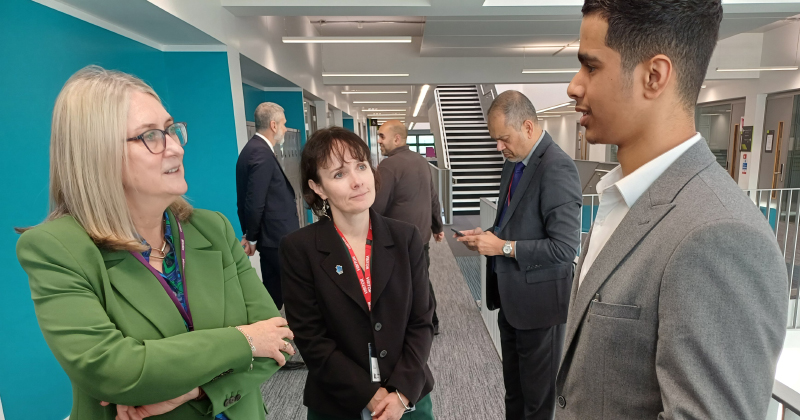
A turning tide
Since their inception, UTCs have had to battle the long-entrenched British inferiority complex that clouds technical education.
To combat this, Ambrosi says UTCs “make it clear” to parents they don’t restrict options, but offer “multiple routes” – including A-levels.
When an apprenticeship does not work out, the UTC “supports learners to find the route that does. So maybe there’s less risk than it felt previously”, she adds.
More than half of UTCs are over-subscribed and two more are in the pipeline to open – one in Southampton and another in Doncaster.
In 2019, only half of UTCs were rated ‘good’ or ‘outstanding’ by Ofsted (compared to three-quarters of secondary schools). Following pressure from Baker Dearing, Ofsted and the Department for Education recognised that Progress 8 and EBacc were not appropriate accountability measures for UTCs and their bespoke curriculums.
Now, UTCs are almost on a par with their mainstream counterparts with over 80 per cent getting at least ‘good’ Ofsted ratings, compared to 84 per cent of secondaries overall.
Ofsted accepted that destinations were a more suitable measure of UTCs’ success, and on that front they are faring well.
Of their 20,000 learners, only 5 per cent become NEET (not in education, employment, or training) when they leave, compared to a 13 per cent national average, while 20 per cent start an apprenticeship, compared to a 5 per cent national average.

Changing times
The last 12 months have been a period of change for Baker Dearing. While Connell was replaced by Ambrosi (his former deputy), the charity’s grandee founding father, Lord Kenneth Baker, relinquished his chairmanship to Stephen Phipson, the CEO of Make UK.
Ambrosi and I meet in London for coffee just before one of her regular meetings with the “really hard-working” 90-year-old Lord Baker, who remains Baker Dearing’s honorary life president and is still “very much our voice” in the House of Lords.
Baker’s original concept of UTCs to serve 14-19 year olds has been adapted to meet local realities; six UTCs are now 11-18 schools.
But Ambrosi says extending their age groups has been challenging, as “a UTC is not set up for 11 year olds”.
“You have to refurbish and change things significantly to meet the needs [of younger learners] ….They tend to have less outdoor space.” Ambrosi does not expect any more UTC schools to be created, aside from the two already in the pipeline.
This week she visited the WMG Academy for Young Engineers campus in Coventry. Like many UTCs, its name gives no clue to its UTC status. But WMG is “exactly the model” that UTCs were intended for, because the 14-19 college was set up by and as part of Warwick University to meet the needs of the region’s automotive industry.
Universities have helped design UTC curriculums and sit on their governing boards but while universities still sponsor UTCs, almost three-quarters of the schools are today run by multi-academy trusts.
MATerial gains
Aston University Engineering Academy is the latest UTC to join a MAT, the Aston University STEM Education Academy Trust, along with a new mathematics school for 16-19 year olds and a jewellery skills training centre.
Ambrosi commends some MATs for being great UTC caretakers, allowing them to maintain their raison d’être and not “putting any pressure on them to be anything else”. The model is particularly effective when the MAT has a range of schools and can channel its pupils into the provision most appropriate to them.
Ambrosi says the “biggest change” UTCs have undergone in recent years is bringing in learners at year nine rather than year 10, giving them an extra year to “build the skills needed for their speciality”.
With design and technology teaching in mainstream schools now “quite depleted”, UTCs find their learners come in from schools without having experienced “opportunities to build their expertise with the tools and way of thinking that’s required”.

Baker Clause
While FE colleges have opposed the establishment of UTCs in some areas, local schools have been reluctant to promote UTCs in case their brightest pupils enrol.
Lord Baker tackled the problem head-on by introducing the ‘Baker Clause’ as an amendment to the Technical and Further Education Act 2017 (enhanced by the 2022 Skills Act), requiring schools to allow other providers access to their pupils and discuss non-academic pathways with them.
Ambrosi points out that UTCs are intended to be “regional specialist” colleges, “drawing in from far afield just one or two from each school” rather than taking a lion’s share of a school’s learners. “Those local ecosystems get used to it and stop being difficult”, she says.
UTCs’ recent success in marketing themselves to school pupils means that instead of having dwindling numbers, many are over-subscribed.
Aston UTC in Birmingham is expanding into a new building, while London Design and Engineering (LDE) UTC in Newham is building an extension having been “over-subscribed since it opened”.
But Ambrosi says the Education and Skills Funding Agency was “absolutely not” generous with per-head funding for UTCs, so although they were ostensibly built for an average of 600 students, they average about 500 and that “feels about right” for many.
The chief executive of one MAT whose UTC was at 50 per cent capacity told us this was “more than enough”.

Roll up your sleeves
With oversubscribed UTCs resulting in “some young people choosing a UTC but not being able to go”, Ambrosi believes the time is ripe for UTC sleeves to make their mark.
The concept of launching 14-19 UTC sleeves in schools to provide vocational pathways developed with the help of employers was first put to ministers in 2021. Since then, local skills improvement plans have helped UTCs match their sleeve proposals to the needs of their local economies.
At least 12 schools have expressed interest in the model but so far only one has opened. Struggling Bristol Technology and Engineering Academy was taken over by next-door Abbeywood School 2022, but Baker Dearing is “still developing” the provision to get employers there “more engaged”.
Another sleeve is being developed with a school in Barrow, Cumbria, funded by BAE Systems. But elsewhere funding is a sticking point, with the DfE so far reluctant to provide the capital investment needed to develop schools’ design and technology facilities.
T Level capital funding has helped some schools and UTCs “enormously”, says Ambrosi, but “if they’ve missed that particular train then they can’t invest”.
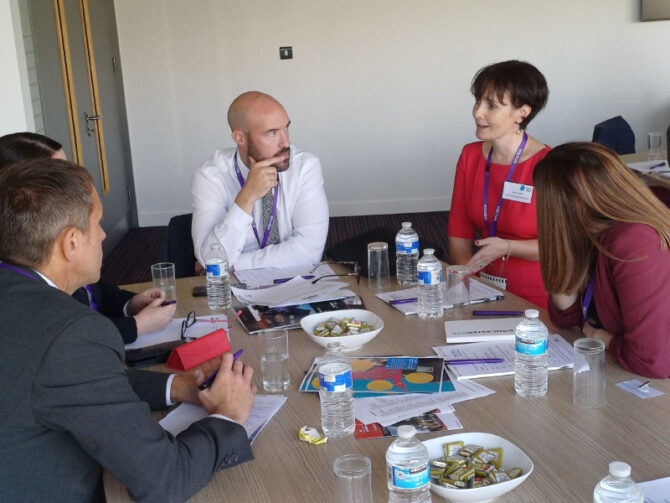
Curriculum concerns
Funding has also proved challenging for UTCs because they cannot access the funding uplifts available for post-16 providers of distinctive technical curriculums, despite employing a disproportionate percentage of more expensive STEM teaching staff. So to balance budgets, UTCs offer fewer humanities and language subjects than most schools.
The Children’s Wellbeing and Schools Bill includes a clause requiring academies to provide the national curriculum, which could have disastrous consequences for UTCs.
Baker Dearing has warned the DfE that if the clause is applied without an exemption for UTCs, “almost all UTCs would become financially unviable and most would be forced to close”.
Ambrosi’s team spent a “large chunk” of their time last year impressing on the curriculum and assessment review the importance of continuing to allow them to pursue a vocational and technical curriculum from age 13-14 onwards.
After the review’s interim report was published this week, stating that it is “ensuring curriculum is consistently achieving depth and breadth”, Ambrosi said that she remained “concerned about the implications for UTCs of this review”.
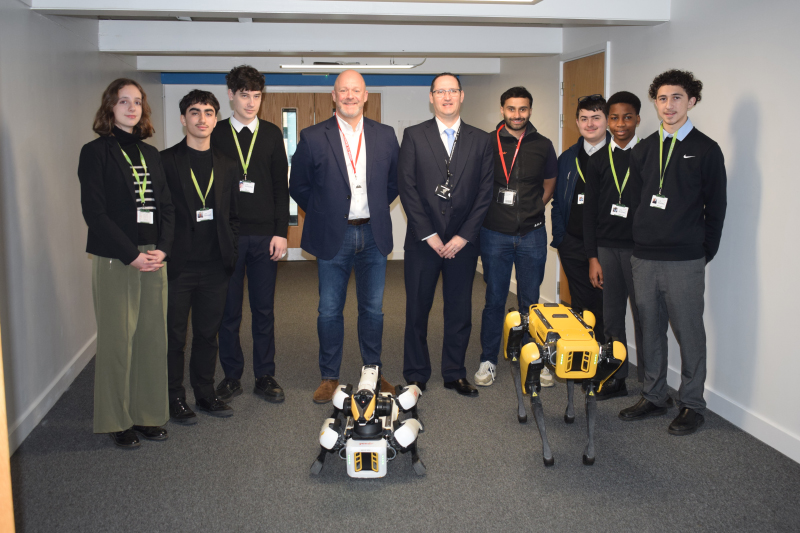
T Level teething troubles
Ambrosi’s team were also busy last year responding to the post-16 rapid review, which proved challenging as UTCs struggled to reach an agreement over whether they supported T Levels or not.
T levels were “probably modelled around the UTC-style curriculum”, and their rigour “reflects” the fact that UTCs have always run longer school weeks, says Ambrosi.
But there are concerns about T Levels’ “lack of flexibility.” If a young person “does really well in year one and then has some difficulty in year two, there’s no fallback from that,” whereas a BTEC route can be more easily redirected, she adds.
And there are lingering issues with universities “questioning” the maths content of engineering T Levels, with maths A Level remaining “the standard” for engineering-related degrees.
This leaves T Level learners without that A Level then having to do a foundation year and “another year of fees and rent” just to get onto their degree – despite T Level students having shown skillsets “way beyond those normally demonstrated”.
Ambrosi cites similar issues with some degree apprenticeships. But the new government has been “very open” to helping with these issues.
Getting employers on board with providing T Level work placements has also had its challenges. Media UTCs have found it particularly tough to line up placements because so much of the sector is subcontracted.
Meanwhile, big employers such as BAE Systems and Amazon are keen to run a national scheme providing placements to UTCs.
And the 30 NHS trusts that UTCs work with have had temporary funding for T Level placement coordinators made permanent – enabling learners at Mulberry UTC, for example, to spend a day a week on the wards at St Bart’s Hospital in London.

Alumni aid
UTCs are also in stiff competition with colleges for engineering teachers. UTCs recruit many vocational teachers from FE and upskill them to work with younger cohorts.
Often, those teachers are attracted to UTCs by their “amazing” facilities – Brook 6th Form & Academy in Dagenham, east London, boasts a manufacturing line, robotics centre and hydraulic and pneumatics training suite, for example.
Ambrosi says some UTCs have developed a “fantastic” model of recruiting alumni after they leave for university to spend a day a week teaching there, “instead of getting a bar job”.
She also wants to work with alumni to create a “sounding board” for Baker Dearing’s own governing board, to help them work out “what else we can do to better prepare young people for the workforce”.
She sees the fact that UTCs are nowoversubscribed as proof that their model is “what this nation needs”.
“I truly believe that we can work with this government for them to be really proud of their UTC programme and really engage with it,” she adds.


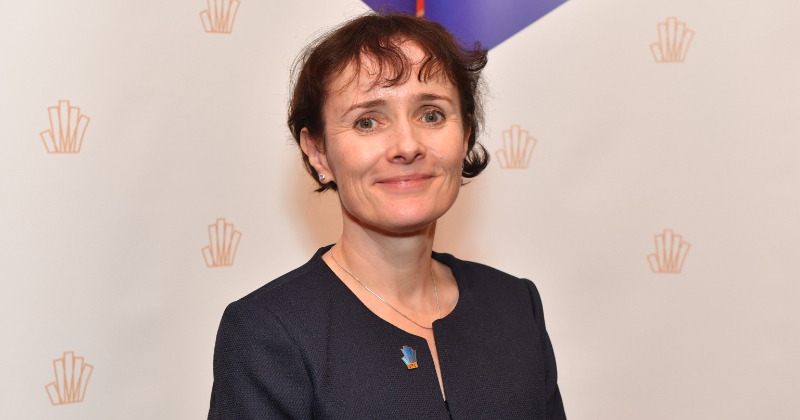





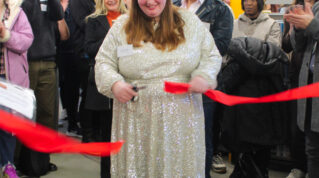

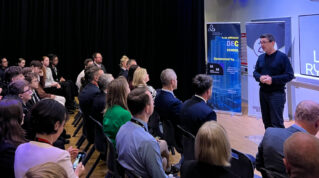


Your thoughts